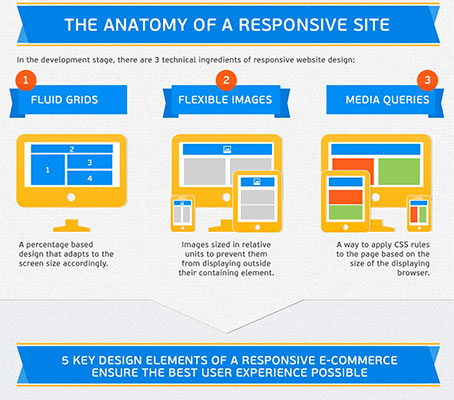Get Ready To Trip Through Time And Find Just How Internet Sites Have Actually Ended Up Being Extra Advanced, Easy To Use, And Visually Stunning
Get Ready To Trip Through Time And Find Just How Internet Sites Have Actually Ended Up Being Extra Advanced, Easy To Use, And Visually Stunning
Blog Article
Article Created By-Bradshaw Trolle
In the past, sites were basic and concentrated on information. Navigating was straight, and style was for desktops. Now, user experience is essential. Information overviews layouts for simple navigating. Responsive layouts match various devices. Today, dark mode decreases pressure, and minimal food selections boost navigating. Interactive features engage individuals, and strong visuals stand apart. AI assimilation improves involvement. See how layout has actually developed to boost your online journey.
Early Days of Website Design
In the early days of web design, simplicity reigned supreme. Websites were standard, with restricted colors, fonts, and layouts. The focus was on offering info rather than showy visuals. Users accessed the internet via sluggish dial-up connections, so rate and capability were vital.
Navigation menus were straightforward, normally situated at the top or side of the page. Websites were made for desktop computers, as mobile browsing had not been yet common. simply click the following post was king, and designers focused on easy readability over intricate style components.
HTML was the key coding language utilized, and developers had to function within its restrictions. Animations and interactive features were marginal compared to today's requirements. Web sites were static, with little dynamic material or individualized user experiences.
Surge of User-Focused Design
With the evolution of internet site design, a change in the direction of user-focused style principles has actually ended up being progressively popular. Today, creating web sites that focus on user experience is essential for engaging visitors and attaining service objectives. User-focused design includes understanding the requirements, preferences, and behaviors of your target audience to tailor the website's format, material, and features accordingly.
Developers now conduct detailed research study, such as user surveys and usability screening, to collect understandings and feedback directly from users. This data-driven technique assists in producing intuitive navigation, clear calls-to-action, and visually enticing interfaces that resonate with site visitors. By positioning the customer at the center of the design process, web sites can provide a much more tailored and delightful experience.
Receptive style has likewise become a crucial aspect of user-focused design, guaranteeing that sites are enhanced for different devices and display sizes. This versatility enhances ease of access and use, accommodating the varied methods customers interact with sites today. Essentially, the surge of user-focused style signifies a change towards producing electronic experiences that focus on the needs and expectations of completion customer.
Modern Trends in Web Design
Explore the most up to date patterns shaping website design today. One popular trend is dark mode design, using a sleek and modern appearance while decreasing eye stress in low-light settings. An additional crucial fad is minimal navigation, streamlining food selections and enhancing user experience by focusing on essential elements. Including micro-interactions, such as computer animated switches or scrolling results, can produce a more interesting and interactive web site. Receptive layout remains important, guaranteeing seamless user experiences throughout different gadgets. In addition, utilizing vibrant typography and unbalanced designs can include aesthetic interest and accentuate specific content.
Integrating AI innovation, like chatbots for consumer support or personalized referrals, boosts individual involvement and improves procedures. Access has also become a considerable pattern, with developers prioritizing comprehensive style practices to cater to diverse customer needs. Accepting sustainability by maximizing site performance for speed and efficiency is one more arising fad in website design. Working together with customer comments and data analytics to repeat and improve style continually is necessary for staying pertinent in the ever-evolving digital landscape. By accepting these modern fads, you can produce an aesthetically attractive, user-friendly website that reverberates with your target market.
Final thought
As you review the development of site layout from the early days to currently, you can see how user-focused design has actually become the driving force behind contemporary fads.
Welcome the journey of adjustment and adaptation in website design, always maintaining the individual experience at the center.
Tippingpointdigital
Stay present with the most recent trends and modern technologies, and never ever quit progressing your strategy to create visually magnificent and user-friendly web sites.
Develop, adjust, and produce - the future of web design is in your hands.
